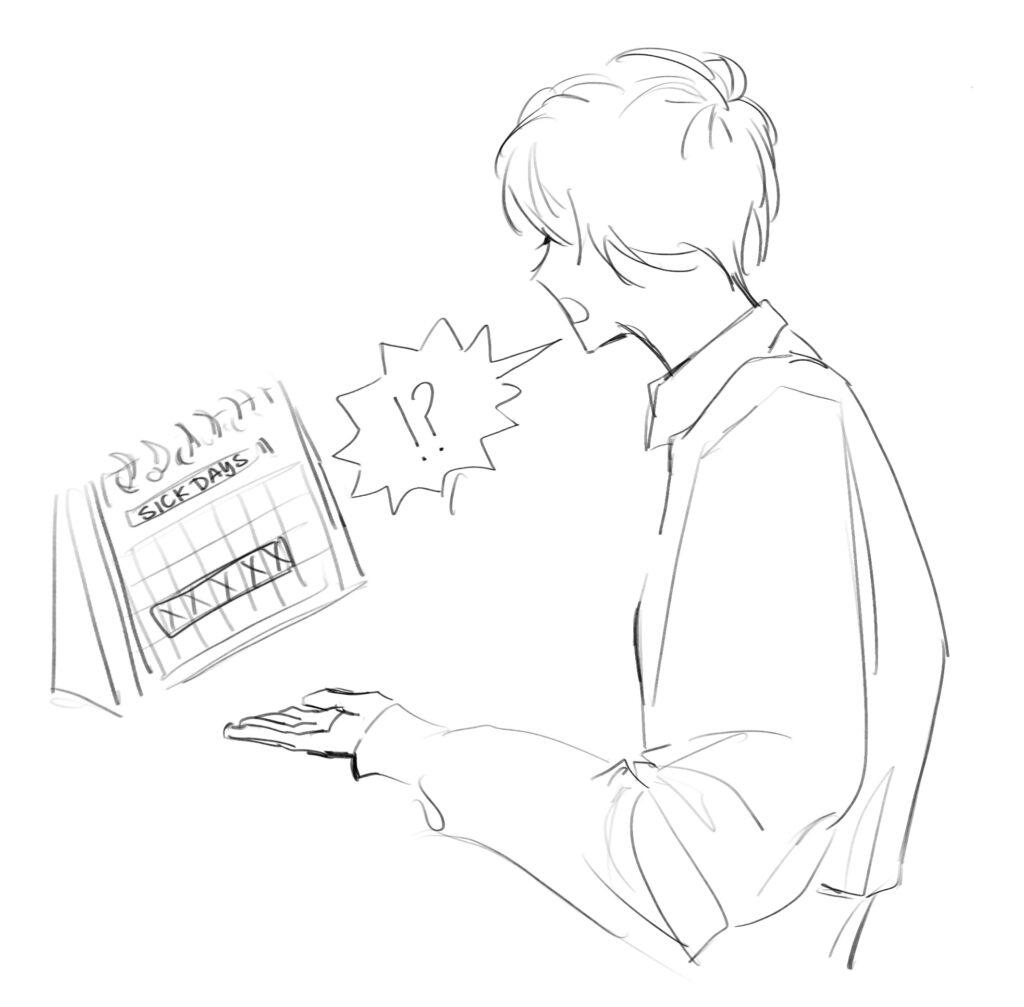In February 2023, the California Division of Occupational Safety and Health (Cal/OSHA) enacted a policy that sparked controversy. They mandated school staff, upon testing positive for COVID, to take five days of leave which deduct from their personal sick days.
The policy persisted until Jan. 9 of this year, when Cal/OSHA updated its COVID-19 non-emergency regulations, allowing school employees to return after at least 24 hours have passed since the onset of symptoms and wearing a mask for 10 days.
District nurse Lisa Tripp has been aware of these changes and their impacts on the school staff for a while now.
Looking back on the policy that detracted from sick days, Tripp stated many teachers resented using their sick time for the previous required COVID-19 isolation period, “especially if they suspect that they were infected at work.”
In earlier years of the pandemic, COVID illnesses effectively didn’t subtract days from employees’ sick leave because of reimbursements to the district from the government, and employees could miss as many as 10 days as they overcame the sickness and tried to test negative.
About evolving COVID guidance, Tripp said, “I don’t think it was bad. We were operating with the best knowledge we had to try to keep our staff and students safe and healthy.”
Tripp reported that teachers are happier with the regulations now mandating only 24 hours of leave.
Moving away from the minimum five-day isolation period, these updated regulations also require staff to wear a mask through the 10th day of their infection (employee policy falls under Cal/OSHA guidance), while students are recommended to do the same. (Students fall under the California Department of Public Health (CDPH) guidance, which is similar but slightly less restrictive than Cal/OSHA guidance).
From the previous policy, English teacher Megan Laws has her own first-hand experiences and opinions regarding the matter.
“I’m sure I was told, but I didn’t even realize those five days were coming out of my sick days leave,” Laws said. “I think five mandatory days is too much given the changes in COVID regulation.”
Still, Laws was careful in assessing what regulation would suit the school the most.
“I’m not quite sure what the right policy is, because 24 hours might be too little,” Laws said. “On one hand, COVID nowadays is being viewed as more of a flu, but it’s still affecting a lot of people around the country, so tighter measures may be necessary.”
Tripp echoed this uncertainty when asked about her thoughts concerning the new policy’s efficacy.
“I’m not sure!” Tripp said. “It’s very new. If case counts do not go up, I would say it is beneficial.”


























